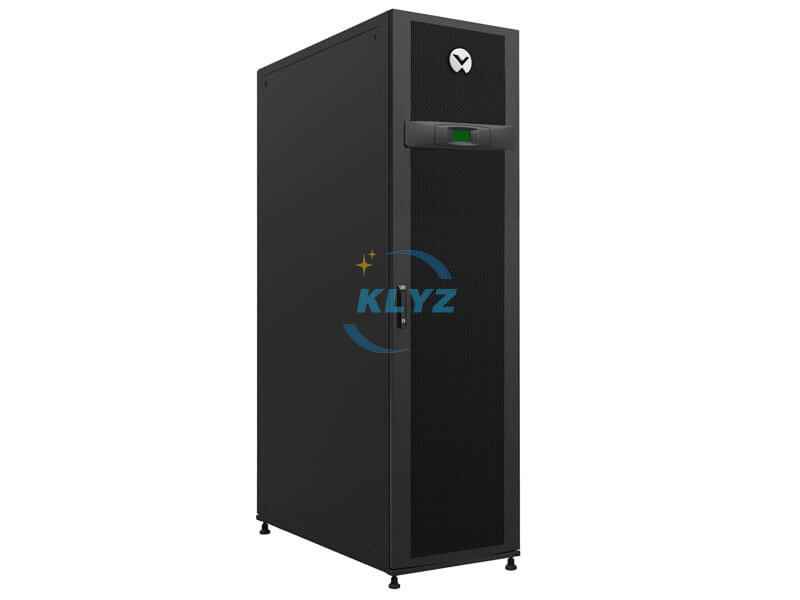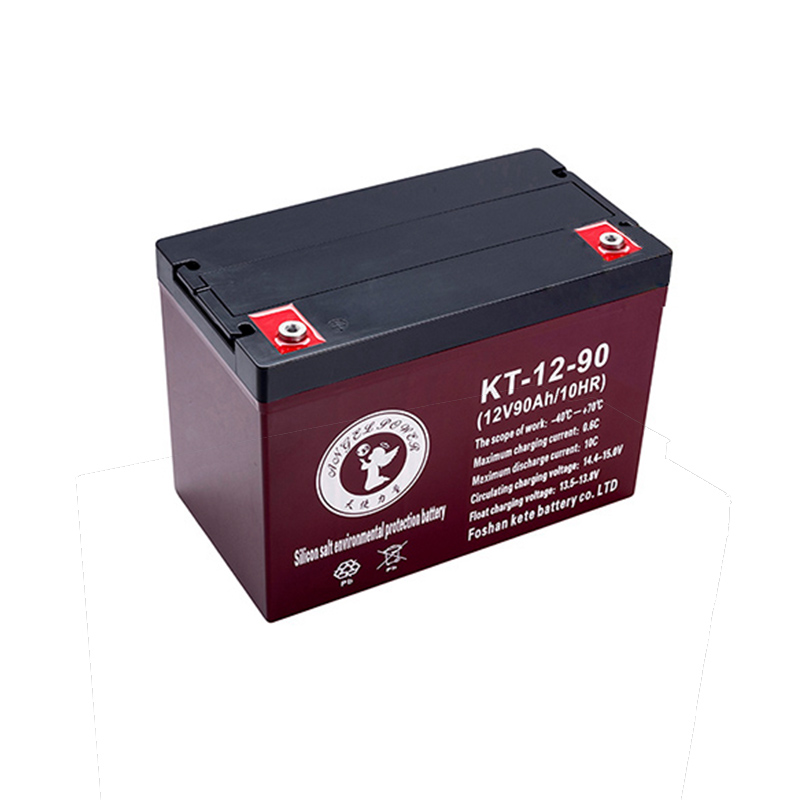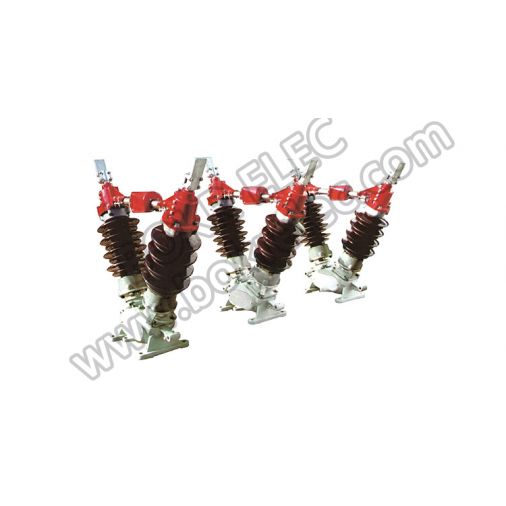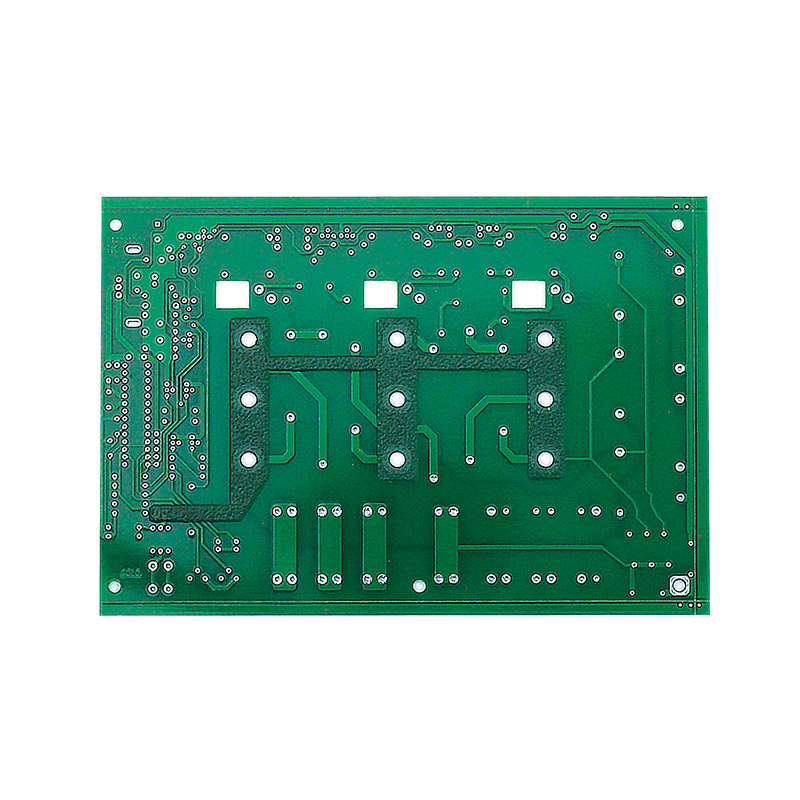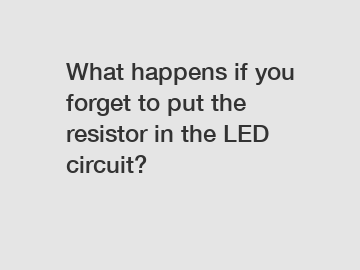What is a discrete semiconductor?
Have you ever heard of discrete semiconductors? If not, you're in for a treat! In this article, we'll explore what discrete semiconductors are, how they work, and why they're important in electronics. So grab a cup of coffee and let's dive in!
What are Discrete Semiconductors?
Let's break it down - "discrete" means separate or distinct, and "semiconductor" refers to a material that can conduct electricity under certain conditions. Put them together, and you get discrete semiconductors - individual semiconductor components that perform specific functions in electronic circuits.
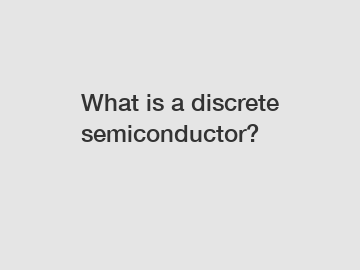
Types of Discrete Semiconductors.
There are several types of discrete semiconductors, but the most common ones include diodes, transistors, and thyristors. Here's a brief overview of each:
1. Diodes: Diodes are two-terminal devices that allow current to flow in only one direction. They are commonly used in rectifiers, oscillators, and voltage regulators.
2. Transistors: Transistors are three-terminal devices that can amplify or switch electronic signals. They play a crucial role in amplifiers, oscillators, and digital circuits.
3. Thyristors: Thyristors are four-layer semiconductor devices that act as switches. They are commonly used in power control applications such as motor drives and lighting control.
How Do Discrete Semiconductors Work?
Explore more:Key Features and Benefits of Mini Compact Prefabrication Substation
How Does the Design and Construction of Power Resistors Impact Their Performance and Reliability?
Unraveling the Features of Liebert Precision Air Conditioners
Is electrolytic capacitor used for AC or DC?
10 Questions People Ask About LiFePO4 Power Stations
How does a liquid crystal display work?
Lithium Cell Pilot Line: Revolutionizing Energy Storage
Discrete semiconductors work by manipulating the flow of electrons through a semiconductor material. When a voltage is applied to a semiconductor device, it creates a conductive path for current to flow. This allows the device to perform its intended function within an electronic circuit.
Why Are Discrete Semiconductors Important?
Discrete semiconductors are essential components in electronic devices because they perform specific functions that are crucial for proper circuit operation. Without discrete semiconductors, electronic circuits would not be able to amplify signals, control power, or switch between different modes of operation.
In addition, discrete semiconductors offer flexibility and customization options for circuit designers. By choosing the right combination of diodes, transistors, and thyristors, designers can tailor the performance of their circuits to meet specific requirements.
So, the next time you power up your smartphone, laptop, or even your coffee maker, remember that discrete semiconductors are working behind the scenes to make it all possible!
In Conclusion.
Discrete semiconductors are individual semiconductor components that perform specific functions in electronic circuits. They include diodes, transistors, and thyristors, which play vital roles in amplification, switching, and power control applications. By manipulating the flow of electrons through a semiconductor material, discrete semiconductors enable electronic devices to operate efficiently and reliably.
If you're in need of discrete semiconductors for your next project, contact us today to speak with a knowledgeable supplier who can help you find the perfect components for your needs. We look forward to helping you with all your semiconductor needs!
If you want to learn more, please visit our website AD9280ARS Price & Stock, Dual Inline Package, MSP430F2132IRHBT.
Explore more:What Does a CBB60 Capacitor Do?
The Future of Energy Storage: LiFePo4 Battery Packs Leading the Way
What is a cable clamp used for?
What are the difference between PM OLED and AMOLED Displays?
Vertiv Liebert XD Data Center Cooling System: Precision Air Cooling
Where Are Metal Glaze Resistors Used?
Small Size, Big Impact: How Micro Camera Modules Are Changing Industries



